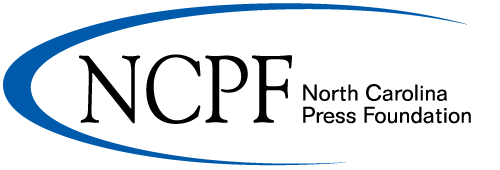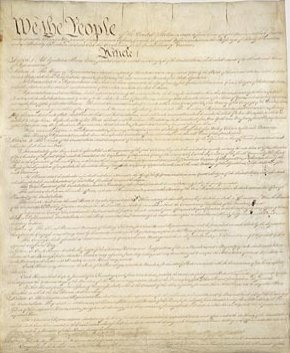Constitution Day and Citizenship Day
September 17, 1787 became the birthday of the U.S. Constitution when delegates to the Constitutional Convention, convened in Philadelphia, met for the last time to sign the document they had created. North Carolina became the 12th of the thirteen original states to sign the Constitution on November 21, 1789, and, the following May, Rhode Island became the last. September 17 became Constitution Day and Citizenship Day in 2005 as the result of an amendment that then Senator Robert Byrd, D-West Virginia added to an appropriations bill. The bill mandated the teaching of the Constitution in schools that receive federal funds. Read about the legislation. Five men represented North Carolina at the Constitutional Convention in Philadelphia: William Blount, Richard Dobbs Spaight Sr., Hugh Williamson, Alexander Martin and William Richardson. The series, SALUTING the CONSTITUTION, includes photos and facts about each of the men. Compare that information with what you find when you click on each name under FOUNDING FATHERS on this site. The Constitution in Today’s Newspaper offers teaching ideas for using news to show the Constitution in action. Other series provide background information about the Constitution and North Carolina.
- The Constitution in Today’s Newspaper
- SALUTING the Constitution
- Constitution, Postage Stamps
- Constitution (The UNITED States, Bill of Rights, Freedom of Press, Supreme Court History and The Foundation of Our Government)
- What are the problems?
- What are the causes and effects?
- What are the proposed solutions?
- Which solutions will help solve the problem(s)?
- What contribution can I make to solving the problem?
- Where and how and I contribute to the solution?

